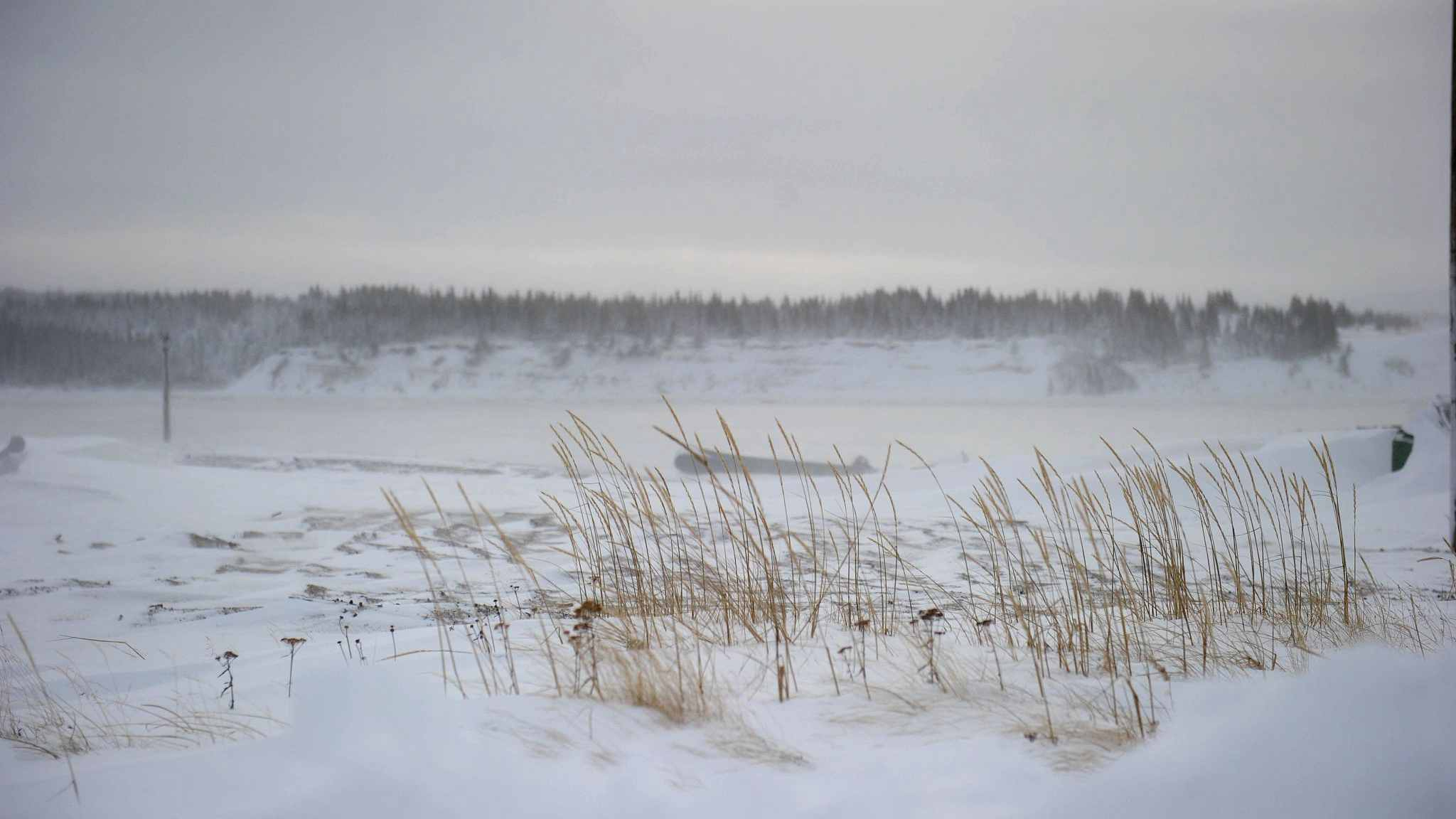
The tundra near Kuujjuarapik, Quebec, Canada, in the Canadian Arctic (Photo: VCG )
A new study published in Nature has found that higher temperatures in the Arctic tundra are changing the type and size of plants growing in the region, which could potentially accelerate climate warming even further, according to a press release from the University of Zurich on Saturday.
A team of researchers from the University of Zurich and the WSL Institute for Snow and Avalanche Research SLF, having analyzed 30 years of data, showed that "climate warming" is having a clear effect on Arctic flora.
Having observed some 120 points in the Arctic Circle, as well as at high altitudes in the Alps where conditions are similar, they found that not only are traditional plant species there growing taller than 30 years ago, but that higher-growing species native to warmer regions have also spread to the tundra.
The researchers say that plant species from lower altitudes are spreading to higher altitudes due to climate warming, which they say has a direct link with climate change, as over the past three decades, temperatures in the regions have risen by around one degree Celsius in summer and 1.5 degrees Celsius in winter.
"The Arctic is warming up faster than almost anywhere else on earth," the researchers say. As a result, they predict that the height of plant communities in the tundra could spurt again by an average of 20 to 60 percent by the end of the century.
Meanwhile, a draft version of an executive summary of the UN special report on limiting global warming to 1.5 degrees Celsius will be vetted in South Korea this week, line-by-line, by diplomats under the 195-nation Intergovernmental Panel on Climate Change (IPCC).
A draft version of this "Summary for Policymakers" obtained by AFP underscores how quickly global warming has outstripped humanity's attempts to tame it, and outlines stark options – all of them requiring a makeover of the global economy – for avoiding the worst ravages of climate change.
The UN report lays out what it will take to prevent Earth's average surface temperature from rising beyond 1.5 degrees Celsius above pre-industrial levels.
Given an increase to date of a full degree Celsius, and our current trajectory toward an unliveable plus three or four degrees Celsius world, the already narrow pathway to a 1.5 degrees Celsius cap has become a tightrope.
"Climate impacts are exponentially more dramatic when we go from 1.5C to 2C," said Henri Waisman, a senior researcher at the Institute for Sustainable Development and International Relations, and a coordinating author of the report.


